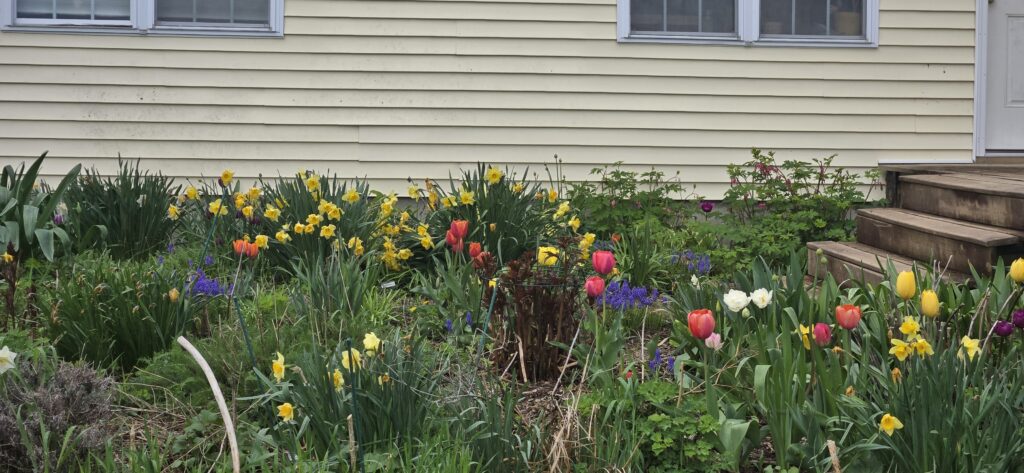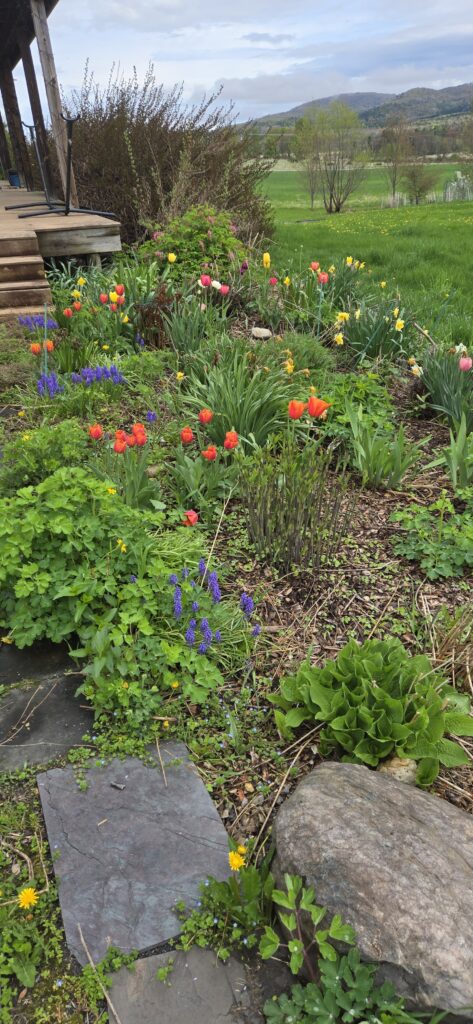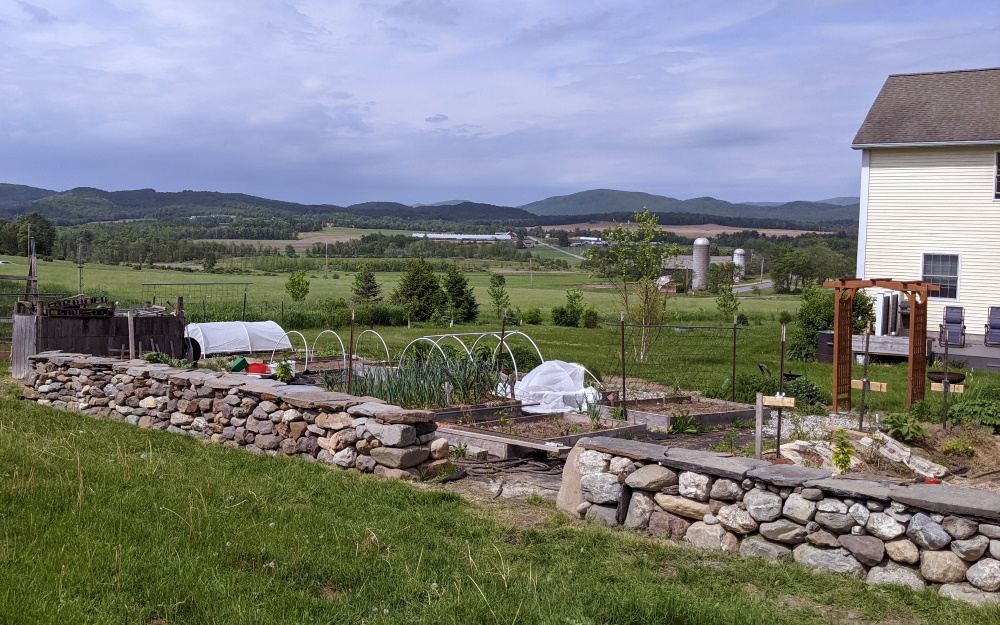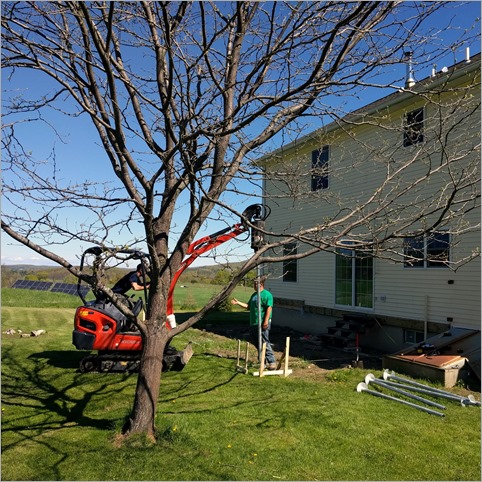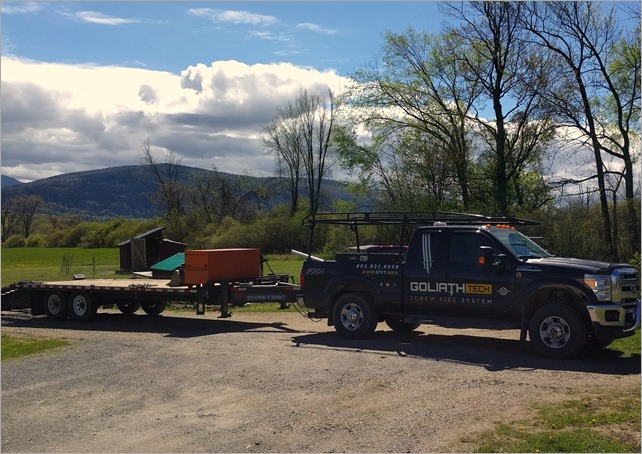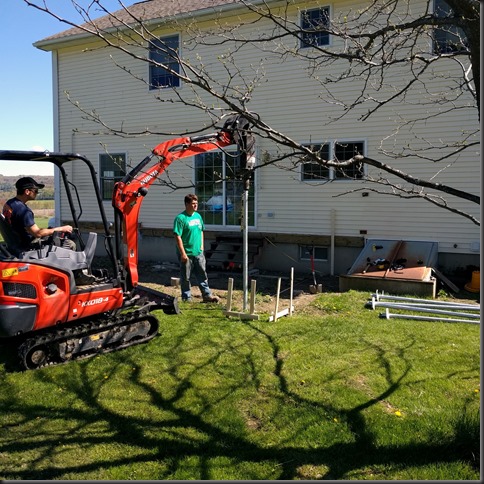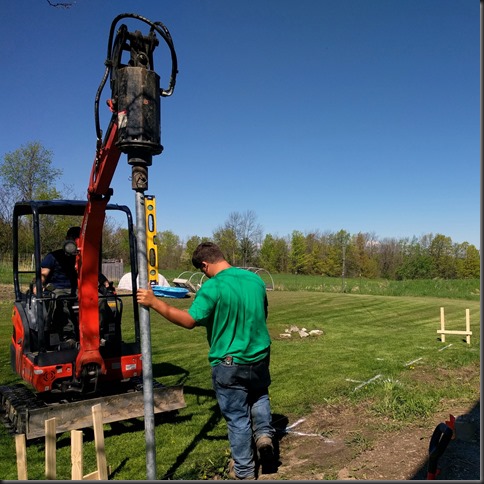Just wanted to post a quick update on how our solar installation is doing. 2016 was a fantastic year for solar with lots of sun. Due to the way our statements are generated, the billing year actually runs from mid-January, so this report is for the period of 1/18/2016 – 1/17/2017.
For the year, our panels generated just over 10,000 Kwh (10231), which is amazing. Our best generation period was unexpectedly mid-August to mid-September, although it only beat mid-June to mid-July by 4 Kwh. Still, you wouldn’t expect that behavior since even in September the days are already getting significantly shorter than June.
We look to be on track to make it through the winter without using up our credits again, which basically is the goal. No electric bills with a net balance to pay at all is what you want. We are running the heat pump a lot to supplement the heat in the winter, so even with that factored in we are doing okay.
I would still love to see us get our usage down a bit, but given our large house and most of us being home all day it gets tough to pare that down much. We have pretty much entirely switched over to LED lights, which has helped. Now I just have to run interference to keep them turned off when not in use. We’re also switching more stuff to electric as well, such as trying to use rechargeable batteries whenever possible. I bought an electric string trimmer made by Ego Power that I really like. It’s super powerful, a joy to work with compared with the traditional engine varieties and gives me about a half hour of good trimming. By then my arms and shoulders are usually tired anyway. A neighbor who also has solar bought an electric chainsaw that he raves about.
The electric tools have really made huge strides and will continue to benefit from all the other innovation that is improving batteries and pushing costs down. I’m hoping my lawn mower lasts long enough that my next one of those can be fully electric, but we aren’t quite there yet. There are some coming along (like Mean Green for instance), but they are still very much first wave technology and very expensive. The electric push mowers on the other hand have been around for awhile now and seem to work fairly well. I think Ego makes one that uses the same battery as my trimmer, although it may use two batteries.
We are going to continue to look for ways to move over to electric from fossil fuels where we can. For instance, I still have a propane heater in my office since the heat doesn’t make it back here. We also have a propane clothes dryer. So we still have some areas to keep in mind. I’m also keeping a close eye on battery storage, such as the Tesla PowerWall so we could eventually go completely off-grid if we wanted. I think the prices are going to drop precipitously over the next five years though, so holding out a bit.

